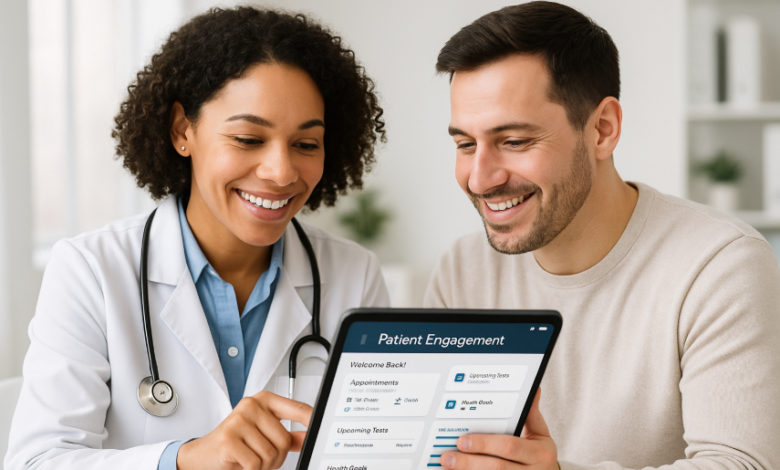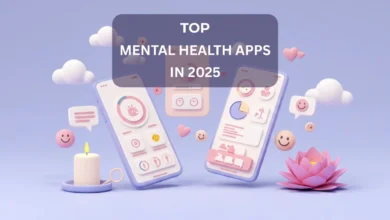Driving Better Outcomes Through Smarter Patient Engagement

In today’s evolving healthcare landscape, meaningful communication with patients isn’t just a nice-to-have—it’s critical for improving outcomes, reducing no-shows, and building long-term trust. That’s why many clinics, hospitals, and healthcare groups are investing in modern tools to connect more effectively with patients. One of the most impactful investments is in a patient engagement platform—a solution designed to bridge the gap between care delivery and patient experience.
The rise of digital health has shifted expectations. Patients now want convenience, transparency, and responsive communication. Healthcare providers, on the other hand, need scalable systems that keep patients informed, compliant, and connected, without overwhelming staff. A well-designed engagement platform addresses both sides.
Let’s explore what these platforms do, how they benefit healthcare providers, and what features to look for when choosing one.
What Is a Patient Engagement Platform?
A patient engagement platform is a technology solution that streamlines how healthcare providers interact with patients outside of face-to-face appointments. It enables ongoing communication, education, and coordination by combining tools like:
- Automated appointment reminders
- Two-way messaging (via SMS or app)
- Digital check-ins and intake forms
- Post-visit surveys and feedback collection
- Health education and patient portal integration
The goal is to keep patients informed, empowered, and proactive in managing their care, which ultimately leads to better outcomes and stronger provider relationships.
See also: Navigating Computer Repair: The Essential Guide to Tech Insurance Claims
Why Patient Engagement Matters Now More Than Ever
Studies show that patients who are engaged in their own healthcare are more likely to adhere to treatment plans, attend follow-up visits, and manage chronic conditions successfully. On the flip side, low engagement can lead to poor outcomes, higher readmission rates, and missed appointments—all of which burden care teams and increase operational costs.
Key challenges driving the need for engagement solutions include:
- High no-show rates
- Limited staff time for manual follow-ups
- Growing demand for telehealth and virtual care
- Increasing patient expectations for digital communication
A patient engagement platform helps healthcare teams address these challenges with automation and personalization.
Benefits for Healthcare Providers
When implemented properly, an engagement platform can yield measurable improvements in clinical and operational performance. Key benefits include:
1. Reduced No-Shows and Late Cancellations
Automated reminders via SMS, phone, or email ensure patients don’t forget appointments. Two-way confirmation lets clinics quickly identify and fill cancellations.
2. Faster Intake and Check-In
Digitizing pre-appointment forms, insurance verification, and consent documents reduces paperwork and front desk bottlenecks.
3. Improved Patient Satisfaction
Patients feel more connected when they can easily ask questions, reschedule, or get updates without calling the clinic. Better communication equals a better experience.
4. Increased Efficiency for Staff
Automation frees up staff time from repetitive calls, messages, or data entry—allowing them to focus on higher-impact tasks.
5. Better Chronic Disease Management
Sending reminders for lab work, follow-ups, or medication refills keeps patients with long-term conditions on track between visits.
Features to Look for in an Engagement Platform
Not all solutions are created equal. When evaluating options, look for platforms that offer:
- HIPAA-compliant two-way texting
- Integration with your EHR or practice management software
- Customizable reminder templates and workflows
- Multi-language support for diverse patient populations
- Mobile-first user experience
- Real-time messaging dashboards for staff
The right platform should enhance—not complicate—your existing systems. Seamless integration and intuitive interfaces are essential for staff adoption and long-term use.
Supporting Preventive Care and Follow-Up
Beyond logistics, engagement platforms play a key role in keeping patients proactive about their health. For example:
- Sending flu shot reminders during winter
- Following up on mammogram or colonoscopy screenings
- Notifying patients about annual wellness visits
- Educating patients post-discharge to reduce readmission risks
These small nudges add up, helping patients feel cared for beyond the exam room—and improving health outcomes over time.
Engagement in the Age of Value-Based Care
With more providers shifting to value-based reimbursement models, patient outcomes and satisfaction directly affect financial performance. Patient engagement is no longer just about filling schedules—it’s about demonstrating accountability, quality, and care continuity.
An engagement platform becomes a vital tool for:
- Tracking quality measures
- Managing population health programs
- Collecting patient-reported outcomes
- Documenting communication for compliance
As care models evolve, so too must the ways we interact with patients. A strong engagement system lays the foundation for more responsive, data-driven, and coordinated care.
Overcoming Common Adoption Barriers
Some practices hesitate to adopt new tools due to cost concerns, change resistance, or IT limitations. But modern platforms are built to be:
- Cloud-based and device-friendly
- Affordable even for smaller clinics
- Scalable across multiple departments or locations
- Backed by implementation support and training
Getting buy-in from both staff and patients is crucial. Start small—perhaps with automated reminders or digital intake—and scale gradually as your team sees the benefits.
Final Thoughts
Engaged patients are healthier patients. Whether it’s reminding someone about an appointment, following up on lab results, or answering a simple question by text, every interaction shapes the patient experience. In today’s fast-paced environment, a smart patient engagement platform helps ensure no one falls through the cracks.




